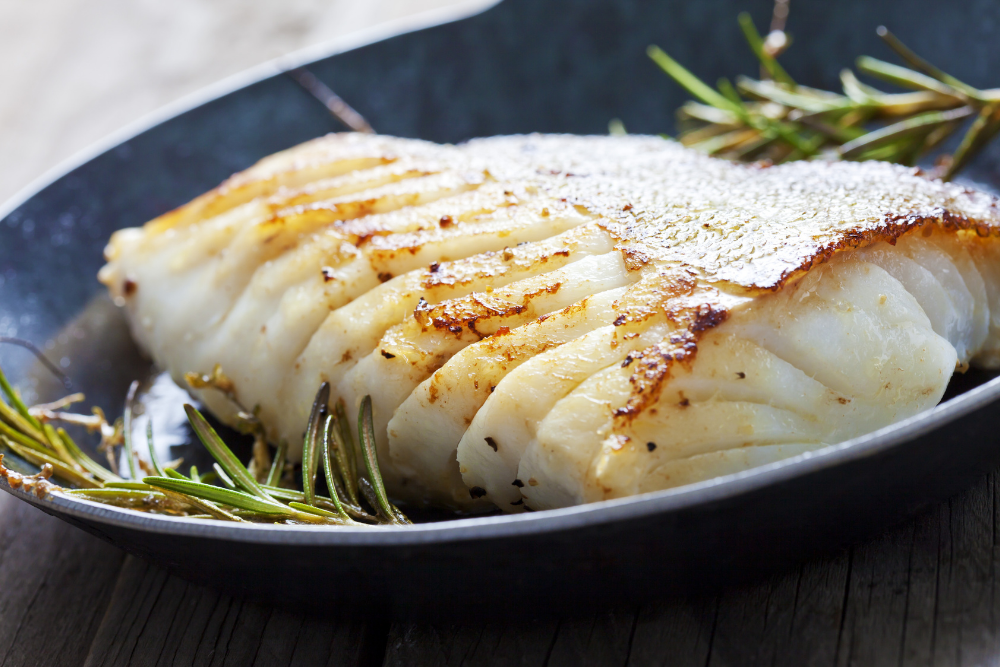Asked to name a whitefish, many of us will immediately think of cod. And understandably so. Cod is a hugely popular fish with consumers the world over. The inherent snow-white flesh and gentle flavour of cod fillets are highly prized in a wide variety of dishes and cuisines and appreciated everywhere from northern Europe to southernmost Asia.
Because of this considerable market demand, cod has long been one of the most important internationally-traded seafood products, with a value now well in excess of US$2 billion annually. However, there are actually two main species of the fish that are widely available: Atlantic cod (Gadus morhua) and Pacific cod (Gadus macrocephalus), and while they’re closely related, there are subtle differences between the two.
Natural distinctions
In terms of appearance, Atlantic cod vary in colour from green-grey to red-brown and are typically larger (average 5-12kg) than their darker-in-colour Pacific cousins (average 2-6kg). With regards to flavour, Atlantics have a slightly sweet taste. They also have large flakes that fall apart easily when cooked, whereas Pacific cod has a milder, more savoury profile that’s accompanied by firmer, chunkier flakes.
Atlantic cod is found in plentiful volumes in the cold, deep waters of the North Atlantic, where they tend to dwell on sandy or stony seabeds. Pacific cod are found in good abundance in Alaska and Russian waters. Bottom trawls, gillnets, longlines and hook and line are used to harvest Atlantic cod, while Pacifics are mainly targeted with trawls, longlines and pots.
Pittman Seafoods Atlantic cod is predominantly sourced from Russia, Norway and Iceland, while our Pacific cod is line-caught. With both species deemed to contribute to a healthy diet – providing a good source of protein, essential fatty acids, vitamins and minerals, whilst also being low in calories – preference is very much down to consumer taste.
Sustainable management
All of the world’s main cod stocks are regarded as well managed, with fishermen proactively adhering to best practice. For example, in Alaska, where some two-thirds of all Pacific cod are landed, the species is managed under two Fishery Management Plans: one for the Bering Sea/Aleutian Islands region and the other for the Gulf of Alaska region. These plans control the fishery through permits and limited entry, catch quotas, gear restrictions, closed waters, seasons, by-catch limits and other measures.
Similarly, the longstanding Joint Russian-Norwegian Fisheries Commission coordinates strong management with regards to catches in the Northeast Arctic. This region, particularly thanks to the prolific Barents Sea grounds, provides a large proportion of the world’s Atlantic cod. There, the quotas are usually set in line with the annual scientific catch recommendations issued by the International Council for the Exploration of the Sea (ICES).
The Northeast Arctic cod fishery is conducted year-round but is at its most intense in the first half of the year, while the peak season for the Alaska cod fishery is in the autumn/winter months. These and other important cod fisheries are certified according to the Marine Stewardship Council (MSC) sustainability standards.
Collectively, Atlantic cod fisheries are expected to provide a harvest of approximately one million tonnes in 2022, while the total Pacific cod catch will be around 370,000 tonnes.












Comments